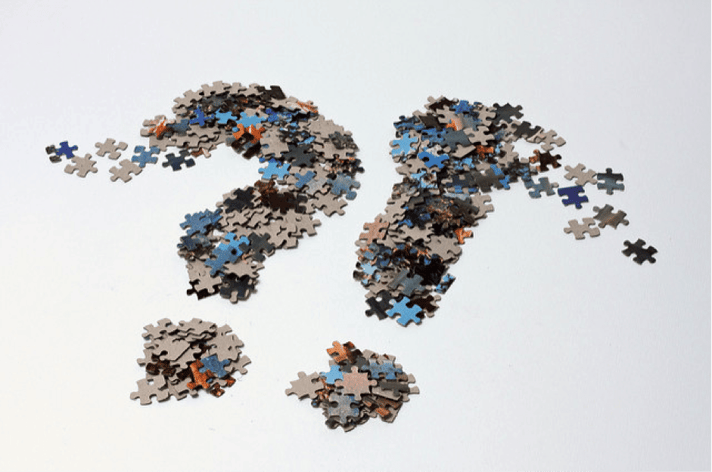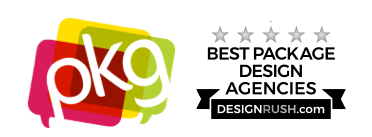 image credit: horia varlan via flickr cc
image credit: horia varlan via flickr cc
Every CPG brand needs a brand identity, regardless of product category, target audience, or size. Without a well-defined brand identity, it can be challenging to build customer loyalty. Consumers buy from companies they understand and trust, which is aided by a strong identity and appealing brand story.
It’s important for CPG marketers to understand the difference between a brand identity and branding. Successful branding can help organizations develop a brand identity, which includes the following factors:
- Visuals and Packaging
- Voice and Messaging
- Values and Promise
- Personality
The look, voice, values, and “feel” of your company act as your identity. Regardless of whether you’ve been in business for several months or decades, a brand identity is a powerful tool for building effective promotions. In this blog, you’ll learn seven must-ask questions for defining your identity.
1. Who is Your Target Customer?
Your audience is much more important than product categories or competition. When building a brand identity, a central concern should be your ideal buyers. What do they need from products in your category? Is it a lower-sugar yogurt product? Is it quick work lunches that can be eaten at their desk? By understanding your customer’s behaviors and lifestyles, you can understand how you fit.
2. How Do You Help?
Your existing customers decided to try your product because it offered something they needed. Perhaps it was a short ingredients list. Maybe it was sturdy packaging that fit their high-octane lifestyle. In other words, your customers chose you because of an existing need.
Ultimately, your brand identity should summarize how you help. The intersection of your product and your customers is what you’re about. Use this knowledge to form the core of your brand identity.
3. Who are Your Competitors?
By understanding how you fit on the shelves and within your product category, you can gain wisdom about your competition. Your competitor’s brand identities could range from excellent to less-than-great. However, category research is an important starting place to form a brand identity that’s uniquely your own.
4. What’s Your Archetype?
The word “archetype” is derived from Greek roots for “original” and “pattern.” Brand identities can be classified according to various personality types, which are represented in folklore, psychology, and other forms of media.
Perhaps your brand, like Red Bull, is a rebel to the core. Maybe you’re in the business of nurturing, like Gerber. By identifying the primary “pattern,” or archetype, of your brand, you can identify begin to uncover your personality.
5. What are Your Adjectives?
Once you’ve begun to develop an understanding of your customers, your unique difference, and your archetype, it can be helpful to develop some adjectives that describe your brand identity. If Kraft were performing this exercise, their adjectives might be:
- Fun
- Family-Friendly
- Familiar
- Comforting
- Consistent
By examining your personality and values, you can begin to describe the way you would like your brand to look and feel to your customers.
6. Why Do Your Customers Like You?
When your marketing team receives positive feedback from happy customers via social media or other channels, what do they have to say about your organization? Why are they happy they selected you instead of the other products on the shelf? By listening to your customers’ feedback, you can learn why and how you make a difference in their lives.
Use the emotions that your customers express to understand your unique value proposition (UVP) and brand identity. These emotions can be a powerful tool for fleshing out the sensory aspects of branding, including colors, fonts, and packaging.
7. What’s Your Story?
Every brand has a story. Even if you don’t release it, your story is about your customers and how your product makes their lives a little easier, richer, or more delicious. Your story shouldn’t just reflect your literal company culture and product development. It should put your customer in the central role of hero.
Have you developed a brand identity? Check out this Brand Identity Guide for a few more tips .PKG Brand Design is always on the forefront of new CPG branding and packaging initiatives; please subscribe to our blog for the latest package design industry news!








